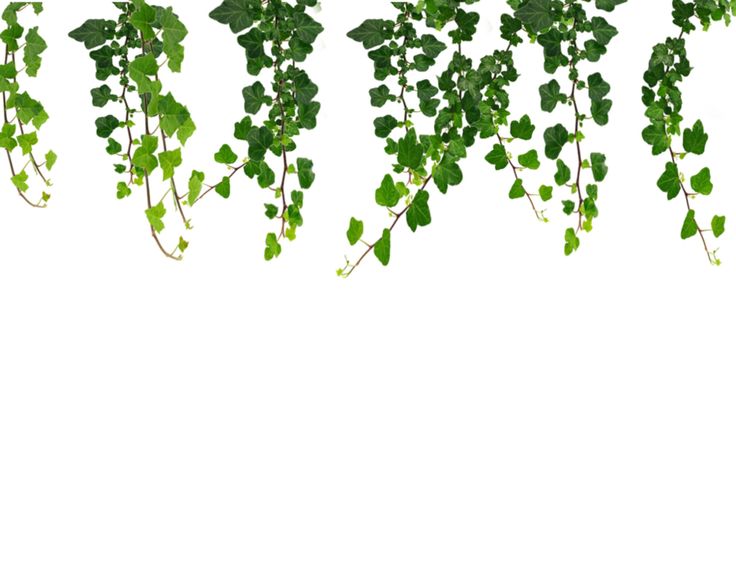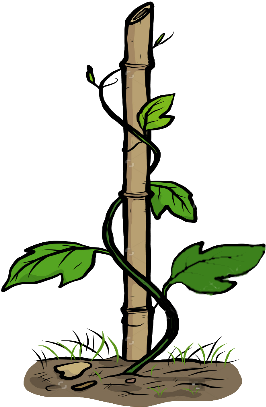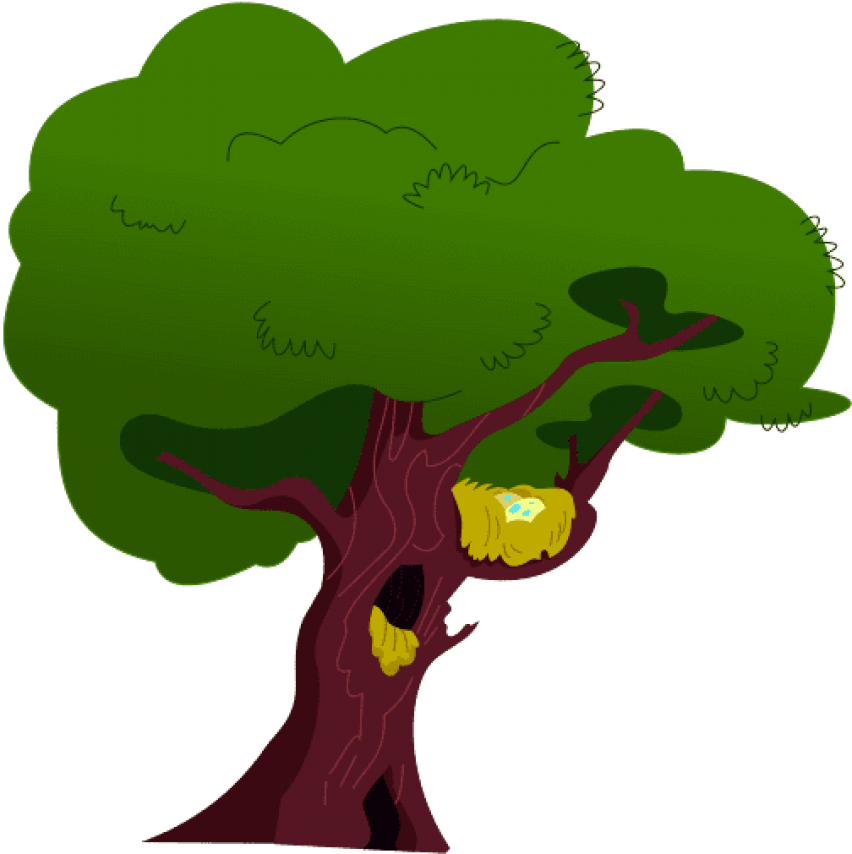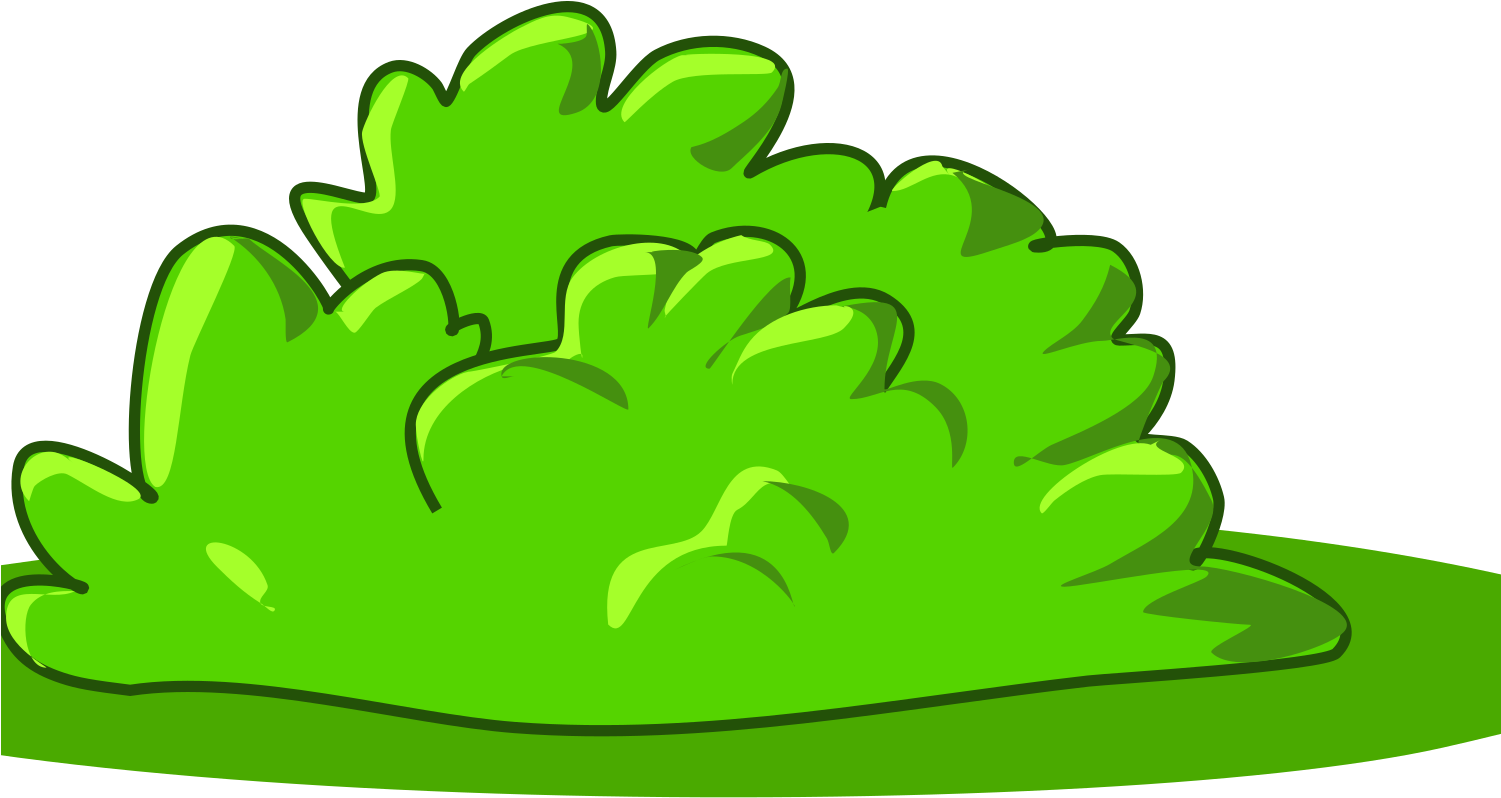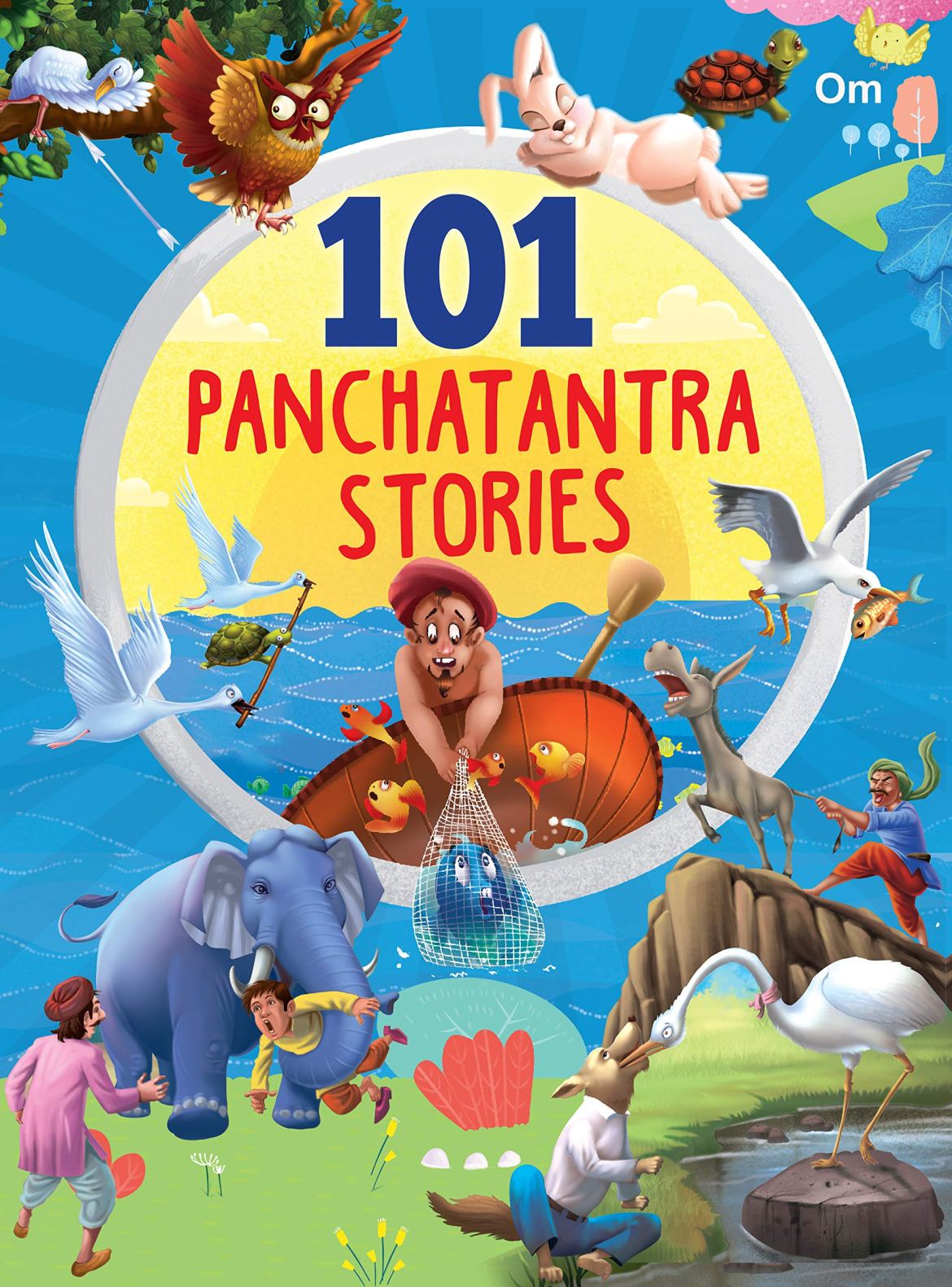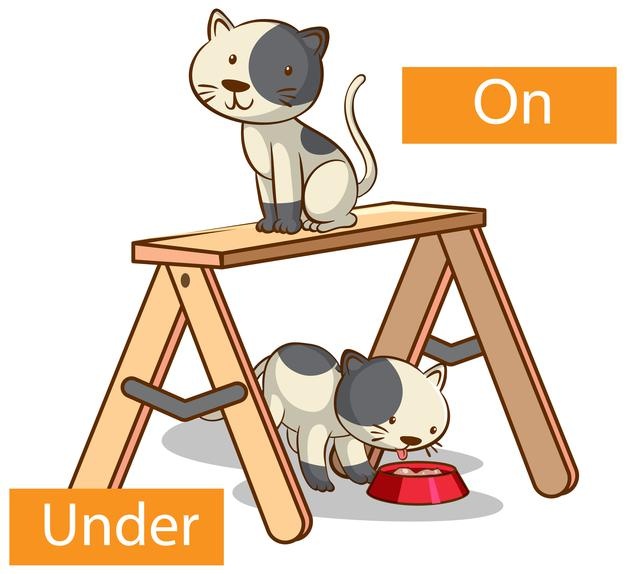EVS Worksheet On Different Types Of Plants For Class 1 Students
Introduction:
We see a huge variety of plants all around us, in our surroundings, and everywhere. Plants are considered the most generous living beings and there is no denial in the fact that life on Earth would be possible without these green and beautiful plants and trees around us. It’s because they produce oxygen as well as grow food for human beings and animal needs. However, the importance of these plants does not just end here. They are also responsible for absorbing the carbon dioxide present in the air and releasing fresh air for us to breathe. They support the nitrogen cycle and play an imperative role in the water cycle as well. They are the main source of food and their existence has an essential part in sustaining the survival of other lives on earth.
Types Of Plants
Plants have the same parts and the same functions; they appear unique with different types of roots, stems, leaves, flowers, fruits, seeds, etc. Therefore, the classification of plants is mainly based on several factors, and it can be further classified based on their height, tenderness of stem, branches, and life cycle.
Herbs
The herb is a short-sized small plant with a soft, green, delicate stem without any woody tissues. They have a short lifespan; they complete their life cycle within one or two seasons. Their heights are not more than a foot or a few centimetres and consist of soft and tender stems. Generally, they have fewer delicate branches or none. These herbs are filled with most vitamins and minerals and are an essential part of a healthy balanced diet. These can be easily uprooted from the soil. Tomato, paddy, grass, and bananas are a few examples of herbs.
Shrubs
Shrubs are medium-sized, slightly woody plants taller than herbs and shorter than a tree. Their height usually ranges between 6m to 10m. They are also not very big in size but they are bigger than the herbs, almost a meter, and have a hard stem. Their features include bushy, hard, and woody stems with many branches and leaves. Although stems are hard, they are flexible but not fragile. The lifespan of these plants usually depends on the species. Rose, jasmine lemon, Cherry, and henna are some of the common shrubs around us.
Trees
Trees are the biggest strongest and tallest of all plants. They have very thick, woody and hard stems called the trunk. The trunk of a tree has branches that bear fruits, leaves, and flowers. They can have great heights, mostly in meters. Some trees are branchless like the coconut trees, they have only one main stem which bears leaves, flowers, and fruits all by itself. The lifespan of the trees is very large they live for several years. Banyan, mango, cashew, teak, oak are some examples of trees.
Climbers
Climbers are much more advanced than creepers. Climbers have a very thin, long, and weak stem that cannot stand upright on its own, but they can use external support to grow vertically and carry their weight. These types of plants use special support structures called tendrils to climb. Few climbers plants names include pea plant, grapevine, sweet gourd, money plant, jasmine, green peas, etc.
Creepers
Creepers, as the name suggests, are plants that creep on the ground and have very fragile as well as thin and long stems. These creepers cannot stand straight or support their own weight. Some of the major creepers include strawberries, sweet potatoes, watermelon, etc. . They have very fragile, long, thin stems that can neither stand erect nor support all their weight. I
Instructions to solve the worksheet
Given below are some pictures for your child to identify and study the different types of plants. help them to and learn to understand the concept by matching the plants to their correct picture Depicted.
Importance of Environmental Education for kids
- EVS helps children to develop their own insights into the functioning of several things or understand human processes in their environment. Such interactions with their surrounding environment are immensely important for the healthy development of children.
- Not only does environmental education offers opportunities for experiential learning outside of the classroom, but it also enables students to make connections and apply their learning in the real world.
- EVS helps learners see the interconnectedness of social, ecological, economic, cultural, and political issues.
- By providing environmental education to students they will engage problem-solving techniques of the outer world to their subjects to understand a particular problem by implying outdoor environmental solutions.
- Environmental Education gives students a new meaning of exploring mother nature to see and resolve the issues which are harmful to the environment and this will also help them in maintaining their own health by doing physical work so that their bodies will be immune from some serious health issues such as short-sightedness, obesity and in some cases even lack concentrations
- The one major issues which we need to deal with is pollution and if we don’t educate our kids about the hazardous effects of environmental damage there will be no future of the world.






















